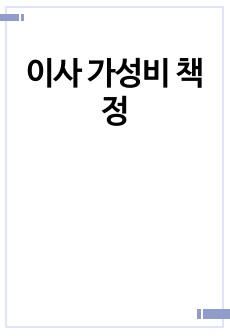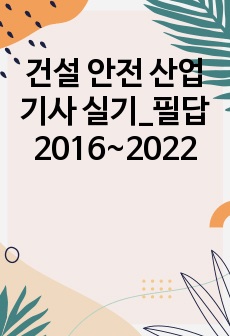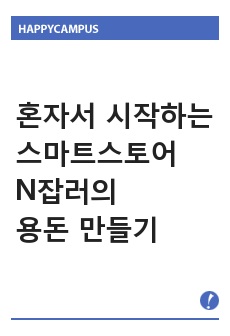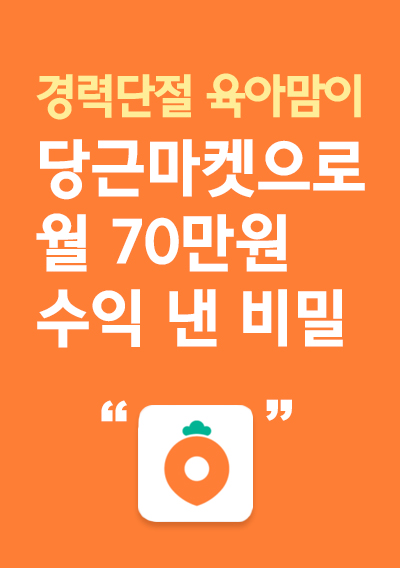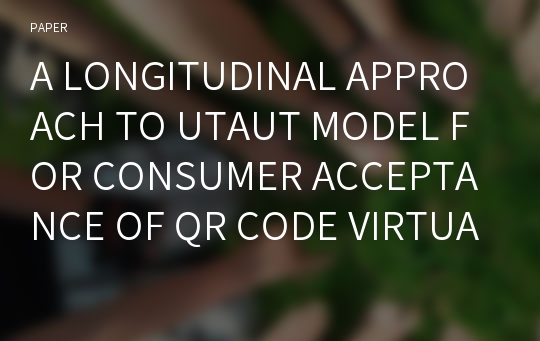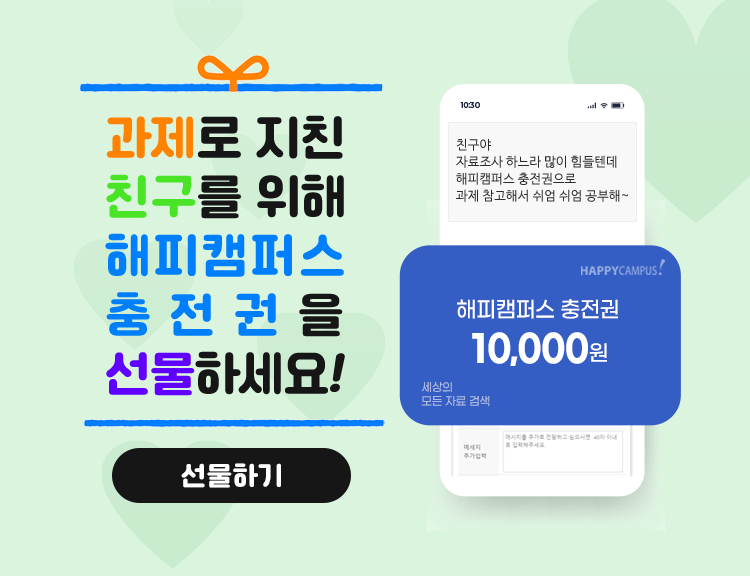A LONGITUDINAL APPROACH TO UTAUT MODEL FOR CONSUMER ACCEPTANCE OF QR CODE VIRTUAL STORE
* 본 문서는 배포용으로 복사 및 편집이 불가합니다.
서지정보
ㆍ발행기관 : 글로벌지식마케팅경영학회(GFMC)
ㆍ수록지정보 : Global Marketing Conference
ㆍ저자명 : Eun Young Kim, Yeo Jin Jung
ㆍ저자명 : Eun Young Kim, Yeo Jin Jung
영어 초록
As advances in digital technologies (e.g., Apps, QR code, RFID tag) is rapidly changing market environment, marketing researches have extended technology acceptance models in different contexts. Since a supermarket chain, “Home Plus,” in Korea, had opened the first QR code virtual store at the subway platform in 2011, many firms attempt to use QR code technology convergence into their retail business. According to a survey report (Embrian, 2012), QR codes are highly familiar with consumers in Korea, and more than 70% mobile phone users have ever scanned QR codes. Due to ubiquitous nature of QR codes, it is obviously implied that marketers would capitalize the QR code technology on their retail business. Yet, it is skeptical for individuals to adopt QR code virtual store because it is in an infant stage in the retail store context. Therefore, marketers need to predict acceptance and use of QR code virtual store from a consumer perspective. Based on UTAUT (Unified Theory of Acceptance and Use of Technology) suggested by Venkatesh et al. (2003; 2012), this study formulated consumer acceptance model with four core determinants of intentions in the context of QR code virtual stores. Specific objectives are (a) identify perceived value in the context of QR code virtual store; (b) test the changes in consumer perceived value by experience over time; and (c) to predict UTAUT model for consumer acceptance to use QR code virtual store across different time points (i.e., from the time of their initial introduction to stages of experience). A longitudinal field study was conducted at the selected QR code virtual stores among individuals using smart phones. A self-administered questionnaire was developed based on literatures the context of consumer use of QR code virtual store. The multi-item scales of perceived value (i.e., performance expectancy, effort expectance, social influence, and facilitating condition) were adapted from Venkatesh et al.’s (2003) UTAUT constructs. Four items of behavioral intention to use QR code virtual store was developed. All items were measured on 5 points rating scale. Sample in this study was obtained from volunteers who participated in three different points in time: initial experience (T1), one month after first experience (T2) and three months after second experience (T3). Participants were required to visit to an assigned QR code store and do shopping task per each time. Then, they were asked to answer the questions on a survey, and there were 123 valid respondents to the first stage of the field experiment. As removed the respondents who did not participate in T2 or T3 point, a total of 309 pooled data across time (103 each time) were analyzed. The sample represents more females (n=66, 68%) than males (n=31, 32%), aging from 19 to 29 years (mean=21.58 years). Preliminarily, using the data pooled across times, factor analysis was conducted to identify underlying constructs for all research variables. As expected, a factor analysis of perceived value constructs revealed four factors: social influence (5 items), performance expectancy (5 items), effort expectancy (4 items), and facilitating condition (3 items). All factor loadings were ranged from .63 to .86, and all internal consistency reliabilities were greater than .80. Also, a unidimensional behavioral intention (4 items) confirmed to be valid (factor loadings=.88 to .93) and reliable (α=.94). Therefore, it is deemed that content validity and reliability were within acceptable ranges for further analysis. Of the four perceived value constructs, there were significant differences in the effort expectancy (F=7.10, p<.01) and facilitating condition (F=8.22, p<.001) across times of experience. Specifically, the perceive effort expectancy tended to be increased over time, indicating a difference of means between T1 and T2 at the significant level of .01 as a result of Duncan’s post-hoc test. With respect to facilitating condition, the mean tended to be increased over time, but post hoc test indicated a significant difference between T1 and T2. The perceived effort expectancy and facilitating condition tended to be changed in positive from T2 to T3 point, which were not significantly different. Therefore, the finding implies that the second stage of experience (i.e., one month after first experience) is a critical point for consumers to increase perceived value of QR code virtual store as a new retail technology. Otherwise, the other factors, such as social influence, performance expectancy and behavioral intention were not significantly increased during the three times of experience. To predict UTAUT model for consumer acceptance to use QR code virtual store, behavioral intention was served as dependent variable and the four factors of perceived value were served as independent variables in regression analysis. In the initial experience (T1), behavioral intention was significantly predicted by social influence (β=.39, t=4.42, p<.001) and performance expectancy (β=.46, t=4.44, p<.001), which explained for 57% of total variance (F=32.08, p<.001, adjusted R²=.57). In the second experience (T2), behavioral intention was significantly predicted by three factors, such as social influence (β=.43, t=5.91, p<.001), performance expectancy (β=.35, t=4.10, p<.001) and facilitating condition (β=.15, t=2.32, p<.05), accounted for 68 % of total variance (F=52.35, p<.001, adjusted R²=.68). In the three month after second experience (T3), behavioral intention was significantly predicted by social experience (β=.36, t=3.33, p<.01) and performance expectancy (β=.33, t=3.33, p<.001), accounted for 52 % of total variance (F=27.65, p<.001, adjusted R²=.52). This study supports the UTAUT model for consumer acceptance of QR code virtual store over time from a theoretical perspective. It should be noted that social influence and performance expectancy appears to be a determinant of behavioral intention to use in most situations. The effect of facilitating condition on behavioral intention was only significant when experienced in second stage. In addition, future study needs to expend technology acceptance model of virtual store in conjunction with digital technological attributes across different product categories.참고 자료
없음"Global Marketing Conference"의 다른 논문
 THE ROLES OF GREEN PACKAGING IN UGLY FOOD PURCHASE INTE..22페이지
THE ROLES OF GREEN PACKAGING IN UGLY FOOD PURCHASE INTE..22페이지 THE IMPACT OF INDUCED AWE ON ETHICAL TOURIST BEHAVIORS5페이지
THE IMPACT OF INDUCED AWE ON ETHICAL TOURIST BEHAVIORS5페이지 A BIBLIOMETRIC ANALYSIS OF SPIRITUAL TOURISM RESEARCH15페이지
A BIBLIOMETRIC ANALYSIS OF SPIRITUAL TOURISM RESEARCH15페이지 SOCIAL NETWORK ANALYSIS AND RESPONSE TIME TESTING: CONS..11페이지
SOCIAL NETWORK ANALYSIS AND RESPONSE TIME TESTING: CONS..11페이지 THE EFFECTS OF PARA-SOCIAL INTERACTION ON ONLINE CELEBR..3페이지
THE EFFECTS OF PARA-SOCIAL INTERACTION ON ONLINE CELEBR..3페이지 THE INFLUENCE OF OPINION LEADERS ON DAILY DEALS USER’S ..3페이지
THE INFLUENCE OF OPINION LEADERS ON DAILY DEALS USER’S ..3페이지 HOW IMMERSIVE RETAILING AFFECTS CONSUMERS’ URGE TO BUY:..6페이지
HOW IMMERSIVE RETAILING AFFECTS CONSUMERS’ URGE TO BUY:..6페이지 KEY TO SUPERSTARDOM IN A GLOBALISED MARKET: THE ROLE OF..6페이지
KEY TO SUPERSTARDOM IN A GLOBALISED MARKET: THE ROLE OF..6페이지 A POST-PANDEMIC LOOK AT TOURISTS’ PERCEIVED COOLNESS OF..4페이지
A POST-PANDEMIC LOOK AT TOURISTS’ PERCEIVED COOLNESS OF..4페이지 EXTRACTING OFFLINE RETAIL SHOPPING PATTERNS: OLLABORATI..5페이지
EXTRACTING OFFLINE RETAIL SHOPPING PATTERNS: OLLABORATI..5페이지










